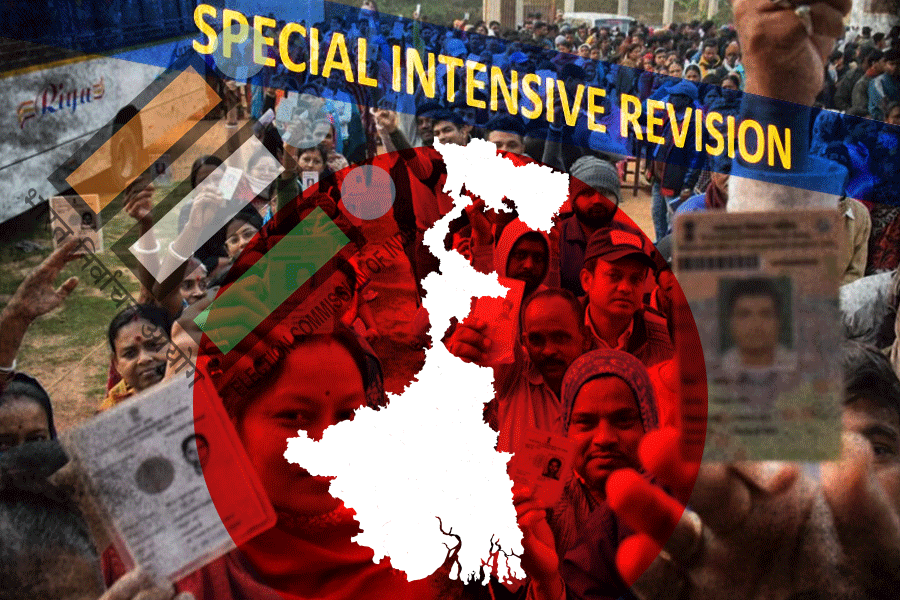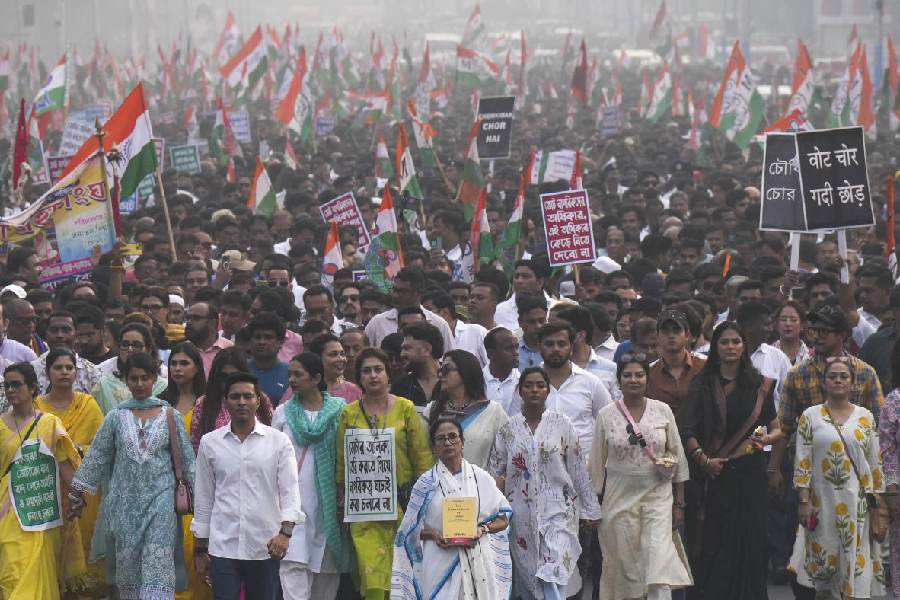 |
| Infosys CEO Nandan Nilekani (above) made a splashy debut with Imagining India (below) that’s flying off the shelves |
 |
It has been a splashy debut as an author for Infosys CEO Nandan Nilekani. His book Imagining India, released last October, has been a superhit and has already sold 50,000 copies — all in the more costly hardback editions. And it’s still flying off the shelves.
Nilekani isn’t the only author whose books are being snapped up by India’s reading public in ever exploding numbers. Star author Amitav Ghosh’s last novel, Sea of Poppies, has already sold 40,000 copies and that’s also still in hardcover. And the Man Booker Prize has done wonders for Aravinda Adiga, whose novel The White Tiger has now sold over 100,000 copies. At a different level, even Rujuta Diwekar’s diet book, Don’t Lose Your Mind, Lose Your Weight has sold 60,000 copies since its launch last October.
All this signals a sea change for India’s book publishing business which has traditionally been little more than a cottage industry with sales in the few thousands for most books. Now that’s changing with the numbers shooting up. “A few years ago, 10,000 was the really big figure. Now to be a blockbuster, a book would have to sell more than 25,000,” says Ravi Singh, chief editor, Penguin India. Adds Chiki Sarkar, chief editor, Random House India: “Everyone’s parameters of a bestseller are going up and up.”
Even greenhorn authors are scripting tales of instant success. Management consultant Karan Bajaj’s debut novel Keep Off The Grass became one of the surprise hits of 2008 for HarperCollins after it sold 25,000 copies in just six months. Similarly, Amit Varma’s My Friend Sancho turned into a debut winner for both the author and his publisher Hachette India by selling over 15,000 copies in the first few months after its launch. “Publishers are looking at larger numbers. And we’re not just talking about the star authors,” says Renuka Chatterjee of Westland.
 |
| Courtesy: Crossword Book Store Photograph by Rashbehari Das |
What’s selling nowadays? The answer is that virtually all categories from fiction to accessible non-fiction by both Indian and foreign authors are finding readers. Advaita Kala’s chicklit hit Almost Single has sold over 50,000 copies — and its author has even reportedly had offers from Bollywood.
And in the non-fiction category, Diwekar’s diet book was an eye-opener this year. Even a more high-brow work like market strategist Rama Bijapurkar’s We Are Like That Only, a close-up analysis of the Indian market written in accessible layman’s language, has sold over 20,000 copies in hardback. Nilekani’s Imagining India was, of course, the super-blockbuster of 2008.
As sales climb the publishing companies and authors are getting more adventurous and stepping into new and relatively untested territory. For Hachette, Madhulika Liddle has come up with a detective story set during the Mughal times. And Westland has had a hit with Ashwin Sanghi’s The Rozabal Line, a modern-day Dan Brown-style thriller that revolves around Christ and whether he lived in Kashmir. Sanghi’s a Mumbai-based businessman.
 |
 |
 |
| (From top) All categories of books are selling well including those by literary giant Amitav Ghosh and teen lit blockbuster writer Chetan Bhagat |
Indian writers are faring better than they have ever done. But they haven’t caught up yet with the global bestsellers which are going great guns in India. The World is Flat by New York Times columnist Thomas Friedman has sold a whopping 150,000 copies since it first came out and even a book like Freakonomics sold almost 90,000 copies.
Still there are some blockbuster exceptions among Indian authors. Take the case of novelist Chetan Bhagat who, with a canny combination of teen lit and clever pricing (Rs 95), has sold more than a million copies of his three books.
Other changes have also been taking place in the book trade. Once upon a time Penguin India was the sole giant which reigned unchallenged and had no competitors that were on the same page. In the last few years that has changed as other global giants with a sparkling list of international authors on their lists, decided to make their presence felt in the Indian market. First came the giant Random House, which has quickly established itself in the market.
Then, there’s Hachette (which has imprints like Hodder & Stoughton, John Murray and Orion) which decided it needed to make its presence felt more strongly in India and hired the chief editor of Penguin Thomas Abraham to lead its charge here. Abraham aims to bring out about 20 books this year and push that up to about 75-80 in a few years.
Others too have joined the literary dogfight. HarperCollins, which is part of the Rupert Murdoch empire, has strengthened its presence here. And the Tata-backed Landmark Group has entered the fray through its publishing company Westland.
Why have sales climbed in recent years — and stayed high despite the economic slowdown? Partly it’s because the Indian middle class can afford to spend more on books and also because publishers have kept a tight rein on prices.
Also, crucially, the book industry distribution network has expanded hugely. Or, to put that another way: there are more bookshops than ever before. Delhi alone has nine chain stores battling each other to sell their page-turners. Says Penguin’s Singh: “The larger number of publishers and greater resources coupled with retail expansion are the main reasons why sales have gone up.”
Adds Gautam Padmanabhan, CEO, Westland Ltd.: “As the stores started expanding they gave publishers a greater opportunity to sell books.”
 |
| Pic by Rashbehari Das |
And all the chains like Crossword, Landmark, Odyssey, Oxford Bookstore and Gallery and the RPG Group’s Books and Beyond have blueprints for fast growth — though the economic slowdown has temporarily put the brakes on expansion. Says Hachette’s Abraham: “The chain stores are facing a liquidity churn. That will affect expansion.”
The slowing economy has also made everyone a bit more cautious. Says Sarkar: “In recent months, the sales team has found the going hard. Distributors don’t want to overextend themselves.”
There’s an additional caveat. The global economic slowdown has hit the book trade internationally and the global giants are squeezed for cash and keeping their Indian subsidiaries on a tight rein. Despite that everyone’s optimistic about what’s ahead and looking forward to a blockbuster future.










